- Pediculosis
- Lice Prevention
- Lice prophylaxis
- Use of insecticides
Lice are carriers typhus. The disease is characterized by spots on the skin, fever, fever, chills. It provokes a malfunction of the nervous, circulatory system. The formation of a pulmonary thrombus leads to death. Order 342 on pediculosis gives guidelines for the prevention, treatment of lice to prevent typhus.
The epidemiological, sanitary and hygienic significance of lice
The order of the Ministry of Health of the Russian Federation on pediculosis contains Appendix No. 4, which provides guidelines for the prevention and control of lice. Number of the order on pediculosis 342 dated 11/26/1998. Title of the document "On Strengthening Measures for the Prevention of Epidemic Typhus and the Control of Pediculosis."
The disease is caused by small parasites - liceeating human blood. Body length from 1 to 4 mm. A female lays 4 to 5 eggs daily. Nits attach to the hair closer to the roots. How lice and nits look on hairpresented in the photo.
Insect saliva contains an enzyme that dilutes blood, facilitates the nutrition process. Special substance is a strong allergen. An increase in the concentration of allergen in human blood leads to an allergic reaction, which manifests itself as severe itching, irritation of the skin.
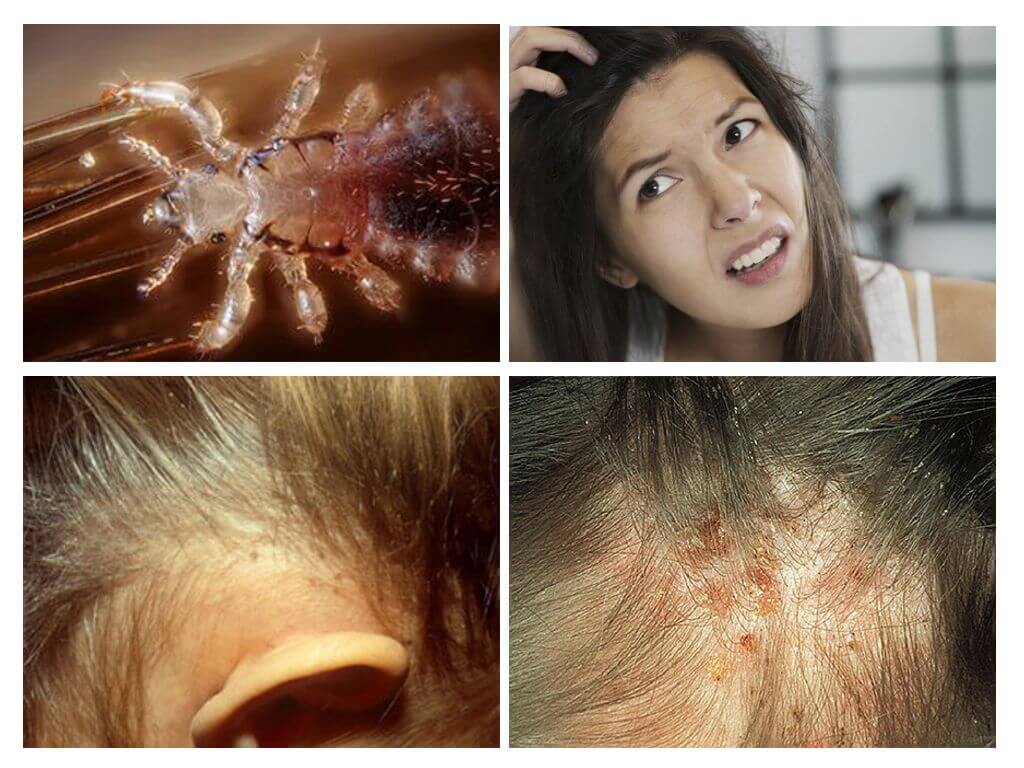
The main lice symptoms:
- itching with signs of scratching, an allergic reaction in the form of a rash, redness on the skin;
- coarsened areas of the skin due to numerous bites, the presence of parasite saliva;
- epidermis pigmentation due to inflammation of the skin after lice bites;
- Koltun appears in rare cases with prolonged pediculosis, when combing, the hair gets tangled up, sticks together with a serous formation, and creates crusts under which weeping eczema is found.
Pathogens penetrate open wounds, a secondary infection joins. Inflammation, suppuration, infection begins. With strong head lice the lymph nodes increase, the body temperature rises slightly.
Disease spread
Pediculosis is caused by several varieties of parasites:
According to the documentation, the first 2 types of parasites are carriers of rash, recurrent typhus, Volyn fever.
The causative agent of the disease enters the gastrointestinal tract of the insect through infected human blood. Pathological cells do not harm lice, are contained in their body until the end of life, but are not transmitted by females to a new generation.
The virus enters the skin of a person with feces of an insect, infection occurs through wounds. On clothes, the infection lasts up to 3 months. Typhus, Volyn fever is transmitted in this way.
On a note!
The likelihood of infection increases at times and almost always leads to acute development of the disease when crushing insects. The infected blood of parasites enters directly into the human body through wounds and scratches.
Pubic lice in humans provoke only severe itching, sores on the skin. Other dangerous diseases do not entail.
The incubation period of pediculosis is 10-14 days. During this time, a new generation of lice appears. Intense itching causes inconvenience, attracts attention. Considering fast breeding of lice, by the end of the month after infection, a whole population of parasites lives on the head.
Organization and conduct of activities to combat lice
The Ministry of Health includes a set of measures aimed at improving the sanitary and hygienic conditions, the epidemiological situation in public institutions and organizations. As well as specific events for pediculosis treatment in infected individuals. The pediculosis order gives guidelines for the identification, prevention, treatment. The organization and conduct of measures to combat pediculosis is carried out by medical professionals.
Lice Prevention

- Conducting routine examinations of the population. It is carried out by medical professionals. It is carried out in preschool institutions, schools, dormitories, nursing homes, boarding schools and other public organizations.
- Providing the necessary conditions to prevent lice in the team. Sanitary inspection rooms, baths, laundries, showers, hot water.
- Availability of medical personnel for examinations.
- Organization of events in foci of pediculosis infection.
- Implementation of outreach work.
Regulatory documents on pediculosis explain that infected persons are those who have dead, living lice, dry, full nits.
Each case is subject to registration. Information is transmitted to the sanitary and epidemiological service of the Russian Federation. The patient is not allowed to visit public places for 2 weeks. During this time, he must undergo a full treatment. In the foci of infection, examinations are carried out for a month, every 10 days.
Person to be inspected
- students of higher educational institutions, vocational schools. 4 times a year, selectively or completely. Mandatory examination at the beginning, end of the school year, after the holidays;
- students of schools, boarding schools, kindergartens;
- children traveling on vacation to camps, motels, medical clinics;
- employees of enterprises, organizations, institutions;
- patients admitted to the hospital;
- residents of hostels, communal apartments;
- medical workers, attendants.
Inspection is carried out in a well-lit place using a magnifier, a magnifying glass. Particular attention is paid to the hair in the temples, forehead, neck. In these places, lice lay nits, which remain on the hair even after the appearance of larvae. The absence of lice does not suggest that the disease is at the completion stage.
Responsibility for conducting preventive measures rests with the administration, management. Registration of the inspection results takes place, according to the decision of the Ministry of Health.
Prevention of head lice and typhus
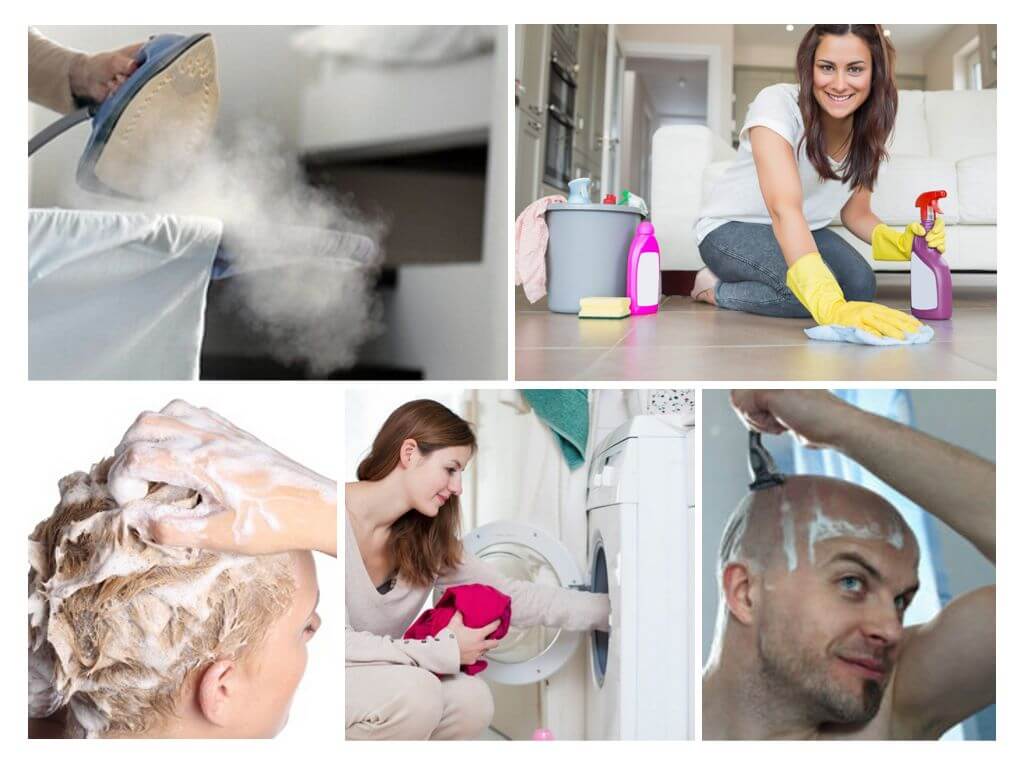
It consists in compliance with sanitary standards. According to the decree of the Ministry of Health, it is recommended:
- regular wrinkling of the body, head at least 1 time in 10 days;
- change of bed linen as it gets dirty, but at least 2 times a month;
- regular laundry with ironing with steam;
- hair cutting, daily combing;
- cleaning outer clothing, their proper storage;
- wet cleaning in the house;
- keeping clean interior items.
When lice, nits are detected pediculosis control conducted simultaneously on the body, clothing, indoors. All people living under the same roof are also treated. apartment sanitation.
Disinsection measures - instructions
The fight is conducted in a comprehensive manner, including mechanical, physical, chemical methods.
- In case of insignificant infection with clothes lice, clothes, linen are boiled, ironed with steam. Upon withdrawal linen lice a special place is given to seams, folds.
- If lice are found on the head from 1 to 10 units taking into account nits, the Ministry of Health proposes to use the mechanical method. Pre-Wet Head vinegar solution. In 1 liter of water 200 ml of the substance. A plastic bag is put on the head, after 20 minutes adult lice are manually selected, comb nits comb with small cloves. Between the teeth, a cotton tourniquet or thread is threaded, abundantly moistened in a solution of vinegar.
- Such a method of destruction as shaving hair, an extremely short haircut is allowed. Hair is collected in a bag, paper, burned.
- If lice are found on the human body, it is necessary to wash in hot water using a detergent. Wash clothes and bedding. Observe availability linen lice bites. If they appeared, hold events again.
Use of insecticides
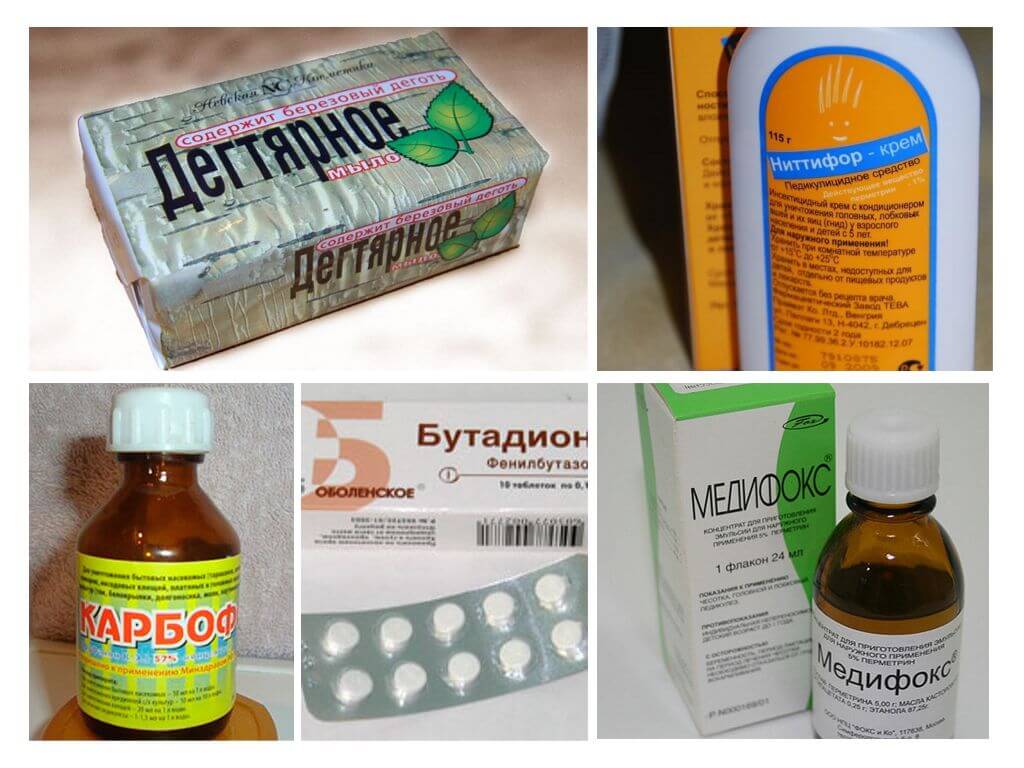
In case of severe damage to the body by any type of lice, the Russian health authority recommends the use of insecticidal lice preparations. You can not use funds for pregnant women, children under 5 years old, persons with individual intolerance, in the presence of open wounds on the skin.
To treat the scalp use:
- 0.15% karbofos solution;
- benzyl benzoate emulsion;
- 5% boric ointment;
- lotions Nittifor, Nithilon, Lontsid;
- shampoo Veda;
- Nyuda remedy;
- Medifox;
- pyrethrum powder;
- tar soap;
- dust soap.
The product is kept on the hair for 20 to 40 minutes. Wash off with warm water, rinse with vinegar. The duration of pediculosis treatment is 2-4 weeks.
To process things, use a 2% solution of soda ash. Soak for 15 minutes. Iron with steam, paying particular attention to folds, seams. In addition to soda, you can use:
- 50% concentrate Karbofos, Sulfidofos;
- 1% Dust Neopin, Bifetrin-P, Vitar;
- Medifox-Super;
- Pyrethrum powder;
- 20% water-soap kerosene emulsion.
Re-treatment is carried out after 2 weeks. The goal is to prevent the new generation of lice from reproducing offspring. Insecticides do not affect eggs. To destroy them, you need to wait until the larvae get out. Nymphs turn into an adult individual in 7 days. Repeated processing 14 days after the first procedure allows you to destroy all living lice. The development of pediculosis stops.
Lice pills
They are used in special cases in strong foci of infection. Use the drug Butadion. The tablets are taken orally after a meal. Adults are prescribed 0.15 g per day, 2 consecutive days. The action lasts 14 days. For children under 4 years of age, the drug is contraindicated. From 5 years, the dosage is set based on body weight, age. Reception is carried out three times a day, two days. Dosage from 0.05 to 0.10 mg per 1 time.
A substance dangerous to the life of insects appears in the blood of a person. The entire population is dying out. Re-examination is carried out after the expiration of the drug.
The drug causes side effects - indigestion, sleep disturbance, irritation of the nervous system. It is used in special cases if other methods cannot give the desired result.
Security measures
Before using any drug, you need to test for individual intolerance. The minimum amount of the product is applied to the elbow bend, left for 1 hour. The appearance of red spots, irritation, rashes, itching, burning, is the basis for refusing to use.
When using insecticides, you need to protect the skin. To carry out processing in rubber gloves, to put a bandage on the patient's forehead. Make sure that the product does not get into the mouth, nose, eyes. If it gets on the mucous membranes, the drug is washed off with running water. If the product gets into your mouth - drink activated charcoal, rinse with soda solution.
Signs of poisoning:
- weakness;
- nausea;
- vomiting
- dizziness;
- lack of oxygen;
- fever in the head;
- shiver;
- abdominal pain;
- cyanosis of the lips;
- blanching of the skin.
It is necessary to immediately wash off the product, remove the person to fresh air, give activated charcoal, call an ambulance.
New lice order based on action order 342. Makes some adjustments to the use of insecticides. The disease is not fatal, but nonetheless lice dangerous and entails serious consequences. Promotes the penetration of pathogens, leads to a breakdown of the nervous system, spoils the reputation in society.
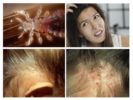
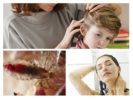
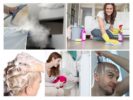
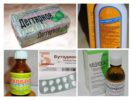
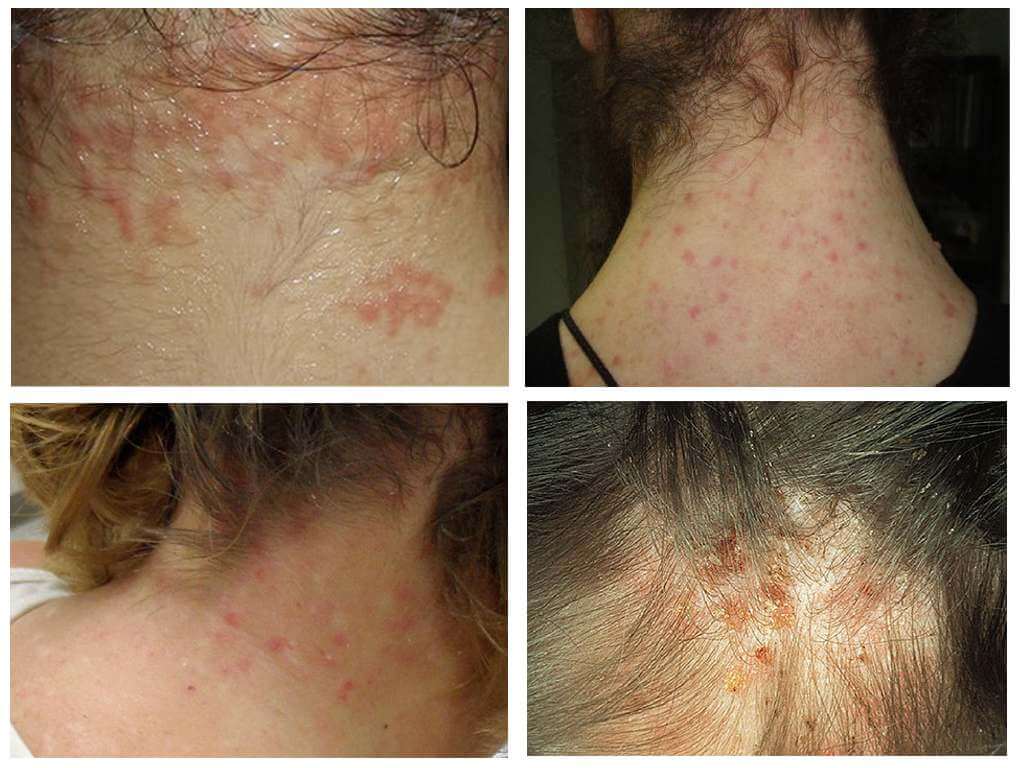
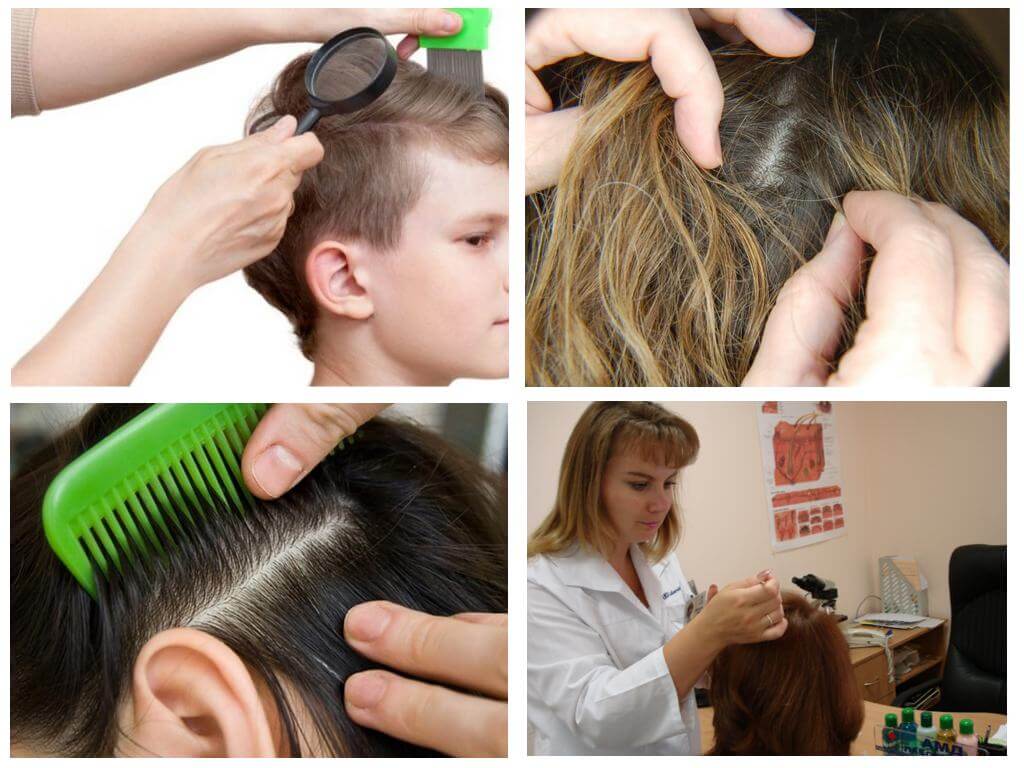
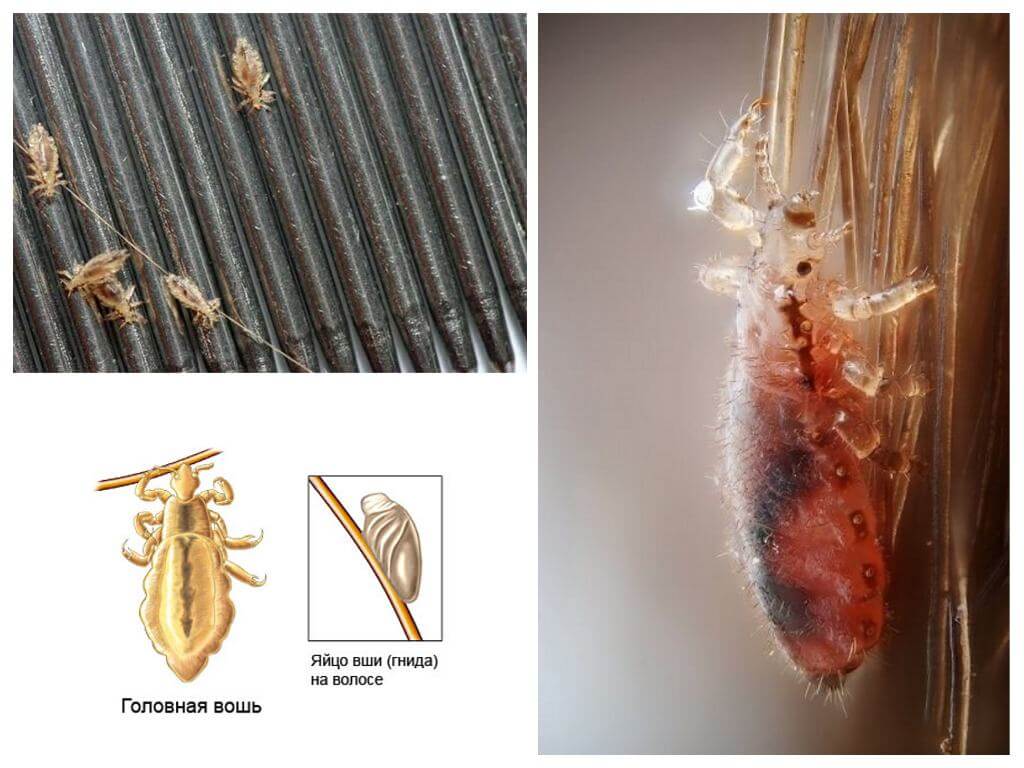
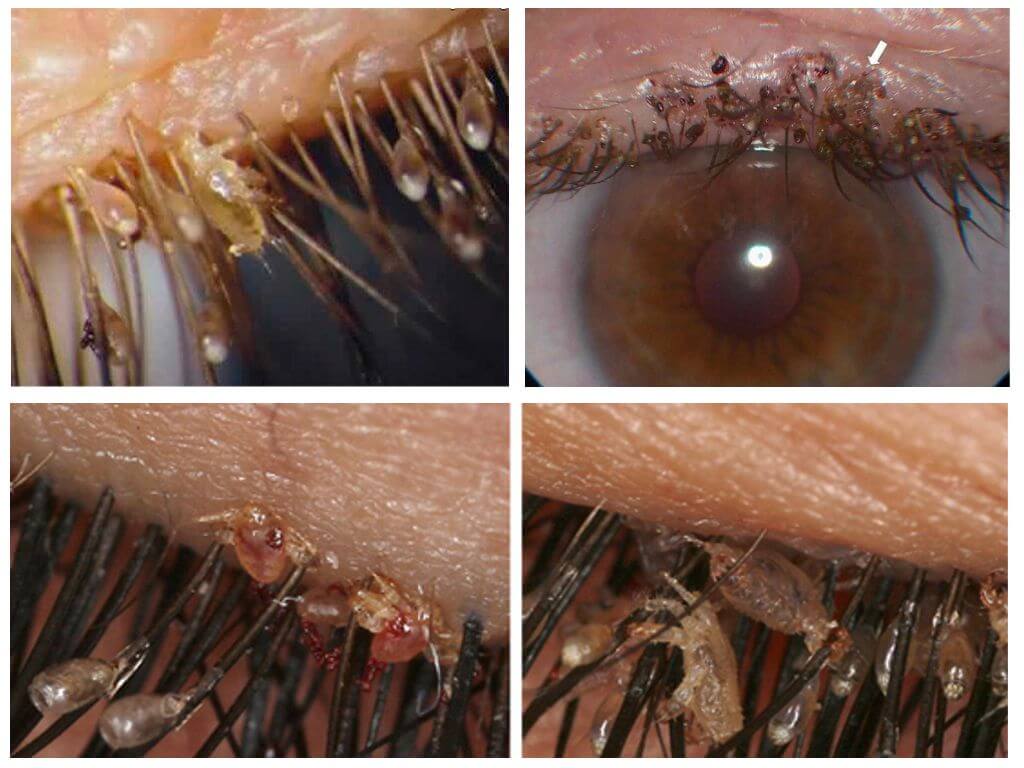
Pediculosis treatment in wealthy families is carried out by their own efforts. Official authorities - doctors, employees of the sanitary-epidemiological service give recommendations. Control the process by checking. People have the right to choose their own funds. At present, there are more than enough of them.
It seems to me that the law is written for show, is not respected in life. If everyone had checked children and adults so thoroughly, pediculosis would have been gone for a long time. Every now and then, children bring lice from the kindergarten, school. Where do they come from?
At our place, as usual, everything is written well, it is not very respected. In my entire adult life, work in a team has not once been tested on my head for pediculosis. No one goes to the hospital with lice, is treated at home. So it turns out that we have pediculosis only among homeless people and in dysfunctional families. Representatives of social services are often there, they find this dirty trick. No one will check on well-groomed persons, and they may also have lice.
I am offended by the recommendations on how to poison lice. Among other things, kerosene. This is a dangerous tool for the skin and for life. God forbid a match breaks out! It has long been necessary to make adjustments to this 342 order.
It is unclear who is ultimately responsible for pediculosis. Doctors identify, make recommendations, the sanitary-epidemiological service checks. And if something is wrong, there is no one to answer. Parents always blame.
Pediculosis is such an old disease that there is no need to redo the laws of the Soviet Union. Then everything was clear with this matter. Checks of goals in primary school children were every month. Viewed for 5 minutes each. Immediately parents to school, if discovered. Recommendations on how to treat. The nurse came home. Then I checked it several times. If the child was not treated, she herself was engaged in this. Sanitation came to the house, disinfected everything. Now they check it once, the parents themselves are fighting the disease.
Interestingly, the law says almost nothing about pubic pediculosis. Although not so often, but also found.
I never heard that tablets were drunk from lice. What kind of lice should it be to poison yourself from the inside. Terrible side effects from such drugs. It is enough to use insecticidal preparations, carry out cleaning in the house and boil the laundry.
Which doctor should I go to? Who treats lice? The examination is carried out by a nurse or pediatrician, they are suddenly sent to a dermatologist. But it is not known who is responsible for the consequences.
At school, inspection was carried out regularly. But she nevertheless picked up lice from a classmate who was sitting at the back of her desk. The institute has never done this. Upon receipt of the commission passed, and looked at his head at the command in the hostel. That's all. The law says, but does not.